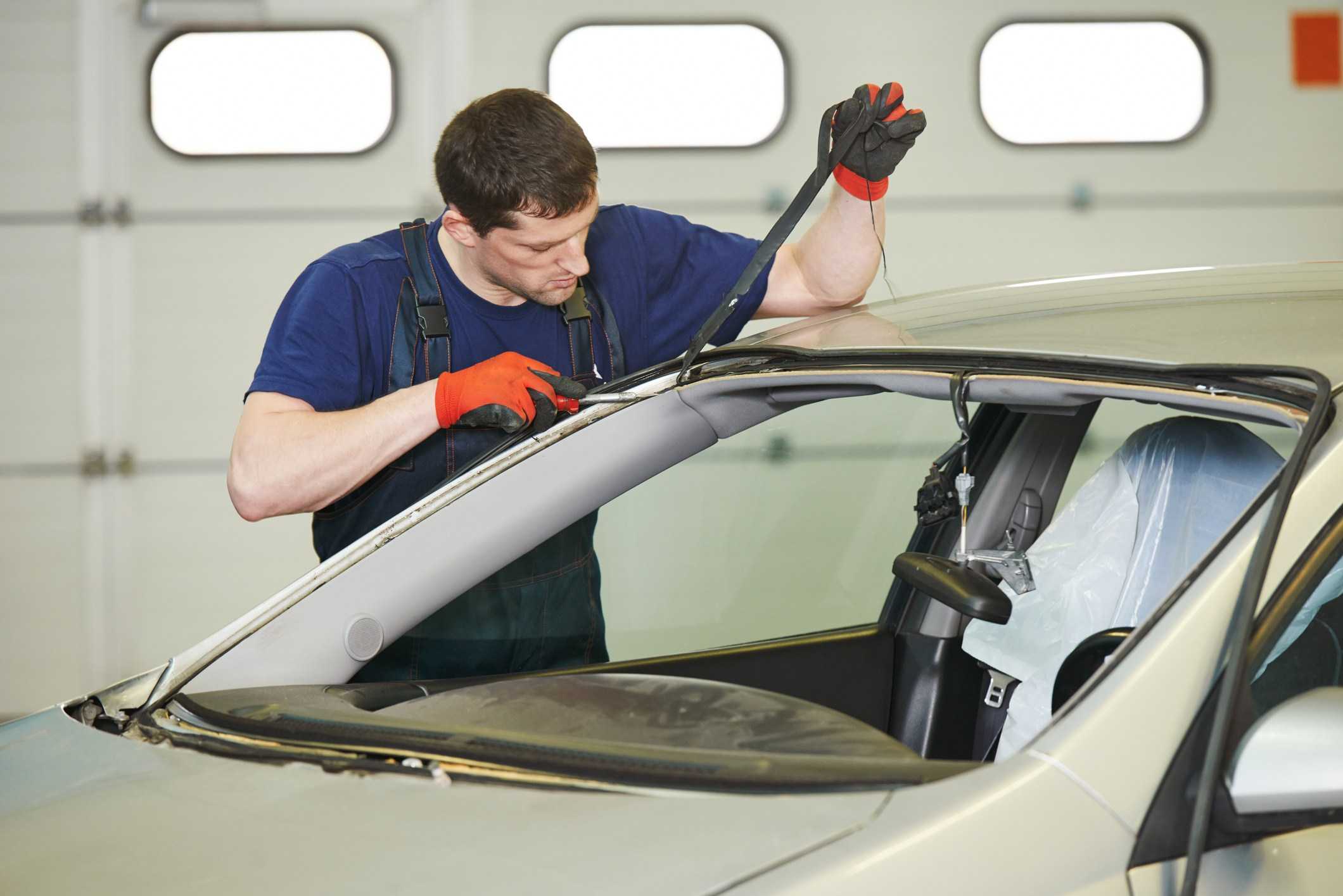These days there are many companies that need automobile windshield chip repair repair services. Since many rely on providing their services or products it's important not to have any delays. This is why it's vital to make sure all your vehicles are in top shape for daily business needs.

On their trips to the country to visit relatives, there were no restrooms. When they needed to go to the bathroom, they had to find a hidden place in a nearby cornfield!
To change the entire windshield will cost the car owner hundreds of dollars. If they decide to bring the car to a car shop for windshield repair, they will spend more money. Repairing a windshield at home only takes an hour of dedicated work, and it is extremely easy to repair cracks and chips.
A windshield repair, when done correctly, is the safe choice. But not all damage is repairable. For as many types of debris that exist to damage your windshield, there are as many types of chips and cracks that can result. Some of the most common types of chips have been named.
Windshields, surprisingly, bear almost 70% of the roof's weight on itself. So it makes sense to keep the glass serviced and maintained. A small crack can cause an accident in the car. This is because the windshield is put under high stress when it is placed. Serious accidents can occur when driving at high speeds. Auto Glass Specialists suggest regular check up and maintenance of the windshield.
To further strengthen the windshield, the auto glass is subjected to a tempering phase. The sheet is heated to a temperature of 1565 degrees Fahrenheit or 850 degrees Celsius. It is then subjected to blasts of cold air. A piece of PVB plastic is sandwiched between two pieces of auto glass. The sandwich is heated inside an autoclave. This bonds the components together tightly and removes any trapped air.